The use of animals in performances based on unnatural behaviour, for instance, parrots riding bicycles, elephants standing on their heads, chimpanzees smoking cigarettes, tigers jumping through hoops of fire and dolphins spinning hoops should be assigned to the history books, and not practiced in any capacity in the European Union. Such actions often pose a risk to the animal’s welfare: training methods (to encourage the animal to perform unnatural behaviour) can be abusive, involve food deprivation, or other methods of negative reinforcement; performance is usually in close proximity to people, can involve direct human contact, or set to loud music; and housing conditions between performances, or when transported to the location, are usually poor. These practices and poor living conditions can cause the animals to develop abnormal behaviour or cause injury, disease and early mortality.
Wild animals are exploited in performance in a variety of fields: in zoos and aquaria, marine parks, in travelling menageries and in circuses, on television, in film and in commercial advertising, in nightclubs and on the stage. All these forms of wild animal exploitation can have detrimental effects on the welfare, and sometimes survival of the animals concerned.
Performances and shows often fail to encompass any educational or species conservation element regarding the animals’ natural behaviours and habitat: as specified in EU zoo legislation (Directive 1999/22/EC). Furthermore, other than basic welfare law, national legislation fails to sufficiently protect animals used in training and performance.
- Calls on Member States to ban the use of all wild animals in travelling circuses.
- Calls on Member States to discourage the performance of animals in zoos and dolphinaria, specifically where the animals are required to perform unnatural behaviour.
- Calls on Member States to establish legislation that effectively protect the welfare of wild animals used in performances, including television, film, on the stage and in sideshow acts.
- Calls on the European Advertising Standards Agency to ensure its members only use animals ethically and responsibly. Animals must only perform natural behaviour, animals should not be sedated, manipulated or provoked, and housed appropriately according to their species-specific needs.
- Calls on the European Commission, Parliament and Member States to recognise this genre of animals and ensure their protection through the EU Animal Welfare Strategy.
“It is hard to be the king outside of the jungle” is a ADnimalsfree.org campaign created by ENDCAP member FAADA who campaign to end the use of wild animals in advertising.
The tradition of the travelling circus remains strong in many EU Member States, and both the number and the range of animals involved is significant. The European Circus Association provided ‘an indicative list’ of domesticated and non-domesticated animals featured in circuses in Europe (UK Circus Working Group, 2007), these are listed below. Those most commonly used are indicated by an ‘*’.
Mammals
|
|
Birds
Reptiles
|
Each of these animal species requires specific living requirements that would enable the expression of natural behaviour, comfort and protection from fear and distress. By their very nature, the travelling circus is unlikely to be able to provide many of these species with their biological, physical and behavioural needs.
- The use of wild animals in performance (2016) ENDCAP


-5402f62fc8.jpg)




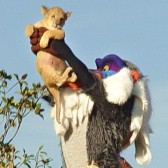
-2719a270b7.jpg)
-baafb52e90.jpg)
-2df168bf64.jpg)
-18d5509f20.jpg)
-14ae476f2d.jpg)
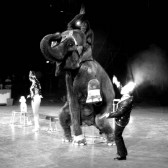

-864aa7e82c.jpg)
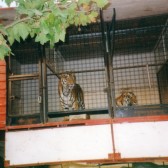

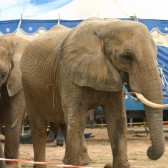
-2d0748c7b0.jpg)
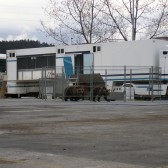
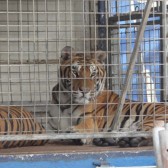
-61dec72d3e.jpg)
-f5c093f031.jpg)
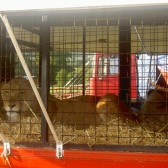
-cd96c8b903.jpg)